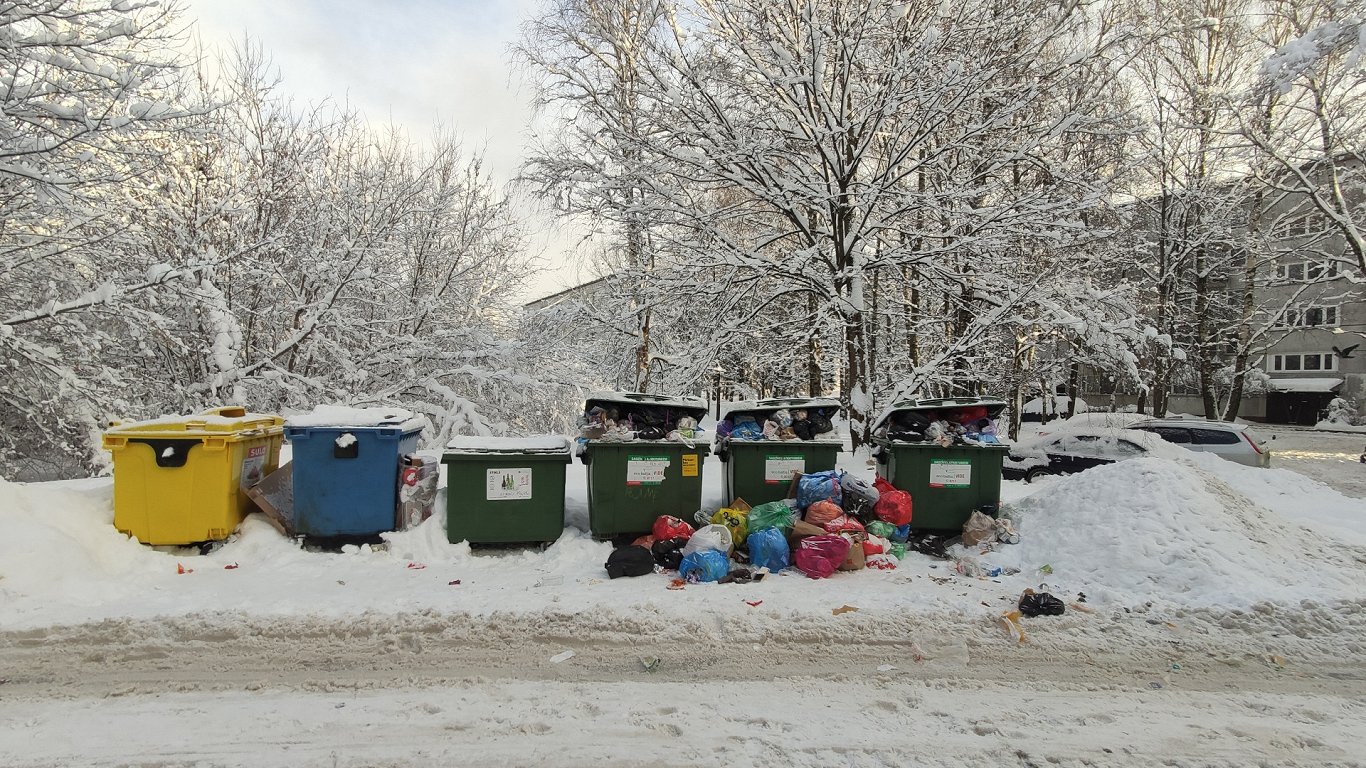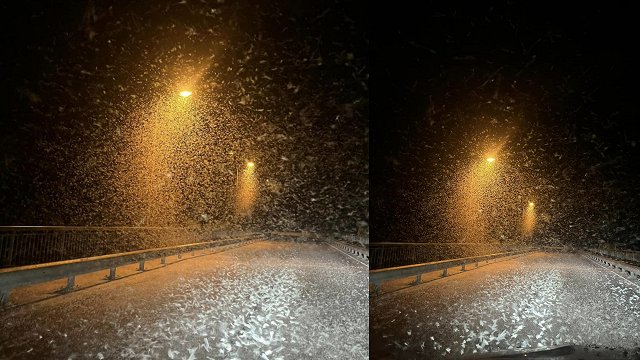Sorting of bio-waste, or bio-waste, requires that kitchen waste and food trash without packaging, such as vegetable and fruit scraps, should go into brown containers, as well as shells, hard dairy products such as curd and cheese, as well as coffee or tea grounds. Garden and household waste such as wilted flowers and mulch is also included.
Research shows that bio-waste could account for around 30%-40% of the total mass of municipal waste.
A spokesman for the landfill Getliņi Eko said the biggest problems were specifically in educating residents about the order, how it goes, and what waste should end up in the container. So far, there has been no response from the population or the waste manager in collecting bio-waste.
In Rīga and several municipalities of Pierīga, bio-waste has been collected separately for two years since the processing plant in Getliņistarted work.
Elsewhere, plants for sorting had to be completed by the end of last year. Currently, in South Kurzeme, Latgale and Vidzeme, factories have been completed and will be able to start operating in due course, while in other regions, factories are still under construction. Factory work is expected to begin in the middle of this year.
Last year, the municipality set the fee for the management of collected bio-waste at 80% of the unsorted municipal waste management fee, but as of January 1, it is 60%.
“Riga House Manager” Ltd pointed out that there is a need for both regulation and greater public education because last year biowaste containers were placed in 1,100 sites, but unfortunately, people's desire to engage in the sorting of bio-waste was low, as a result of which 500 containers were removed at the request of residents, and since then the number has not changed significantly; currently the containers are in about 600 sites.
Riga City Council Environment Board Chief Evija Megaze also admits that although progress is visible, it is insufficient.
“Currently, amendments to the binding regulations of Riga on waste management have been prepared; once they have been adopted, there will be partial changes in how bio-waste is managed in Riga. So at the moment, it is foreseen that this brown container will have to be installed in front of the large houses – those with more than 10 apartments; this is also the most significant change. They are most likely to be seen before the Housing Environment Committee as early as January.”






























